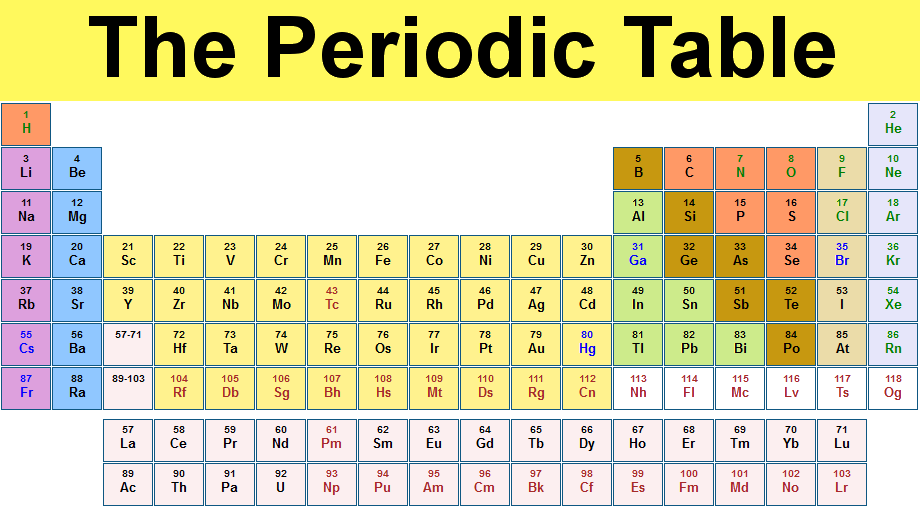The periodic table is the precise way of representing the elements based on the atomic number, electron configuration, and recurring chemical properties. Periodic table consists of 7 rows called periods and includes metals on the left and nonmetals on the right side. The S-block elements are the most known and used elements. S-block elements are usually represented on the left side of the periodic table. It includes the alkali metals in group 1 and alkaline earth metals group 2, plus hydrogen and helium.
Most S-block elements comprise extremely reactive metals which, are the result of the interaction with outer S-orbital in forming compounds. Hydrogen is the most abundantly found responsive element found in nature. Helium is a virtually unreactive noble gas.
Group 1 S-block elements include Lithium, Sodium, Potassium, Rubidium, Cesium, and Francium. Group 2 S-block elements comprise of Beryllium, Magnesium, Calcium, Strontium, Barium, and Radium. These metals are the alkali metals which are found in nature. Alkali earth metals tend to have low densities and low melting points.
The alkali metals by nature are highly reactive metals which are soft and shiny. At standard temperature and pressure, these metals quickly lose their outermost electron to form cations with charge +1.

Some of the properties of the S-block elements are:
- S-block elements have Lower atomic and ionic size
- The charge density on the elements are found to be more
- Greater polarization
- Absence of d-orbitals
Some physical properties of s-block elements are:
- Alkali metals and its associated salts have the unique feature to impart colour to the oxidizing flame. This happens since the valence electrons are excited from one energy level to another energy level from the heat generated from the flame. Hence, the flame test is done to detect the alkali metals.
- The alkali metals possess weak metallic bonding and hence experiences a low boiling and melting point.
- The density of the alkali metals progresses as you proceed down the group. Exception case: the density of potassium is found to be less than the density of sodium.
Applications of the alkali metals are:
- Francium occurs only in the finest fragments and is extremely radioactive.
- Potassium salts are used widely in agricultural fields as fertilizers.
- Alkali metals are used as the heat-transfer fluid in some nuclear reactors.
- Cesium metal vapour is used in atomic clocks, to display the accurate time according to the standards.
- Rechargeable lithium storage batteries are used extensively in vehicles and other sources.



